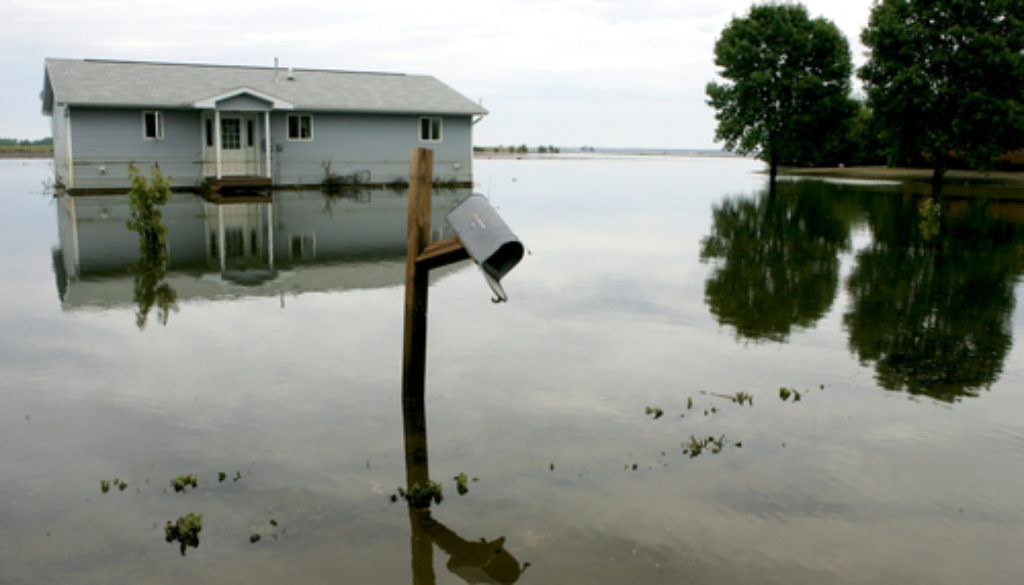House Appropriations Committee Seeks to Undercut Federal Flood Protections
Bu Joel Scata, Natural Resources Defense Council
On June 10, the House Appropriations Committee introduced legislation that increases America’s exposure to flood loss. Mirroring language in the ill-conceived Energy and Water Appropriations bill, the Financial Services and General Government Appropriations bill imposes a prohibition on funding to implement the Federal Flood Risk Management Standard.
This short-sighted action is guaranteed to have one outcome: American taxpayers will continue to shoulder the financial burden to repair federally-funded infrastructure damaged by floods. And as climate change raises sea levels and produces more heavy rain events, this financial burden will only increase into the future.
The Federal Flood Risk Management Standard will help prevent future damages and will reduce future disaster recovery costs. The Standard requires agencies to approach flooding from a risk management perspective, avoiding the floodplain if practicable. Contrary to what opponents will have you believe, this does not equate to a prohibition on development occurring in a floodplain. Federal agencies may continue to fund infrastructure projects like bridges and water treatment plants in floodplains, but if they choose to do so, they must better protect those facilities from flooding. Federal agencies can do that using one of three options:
- Climate: Informed Science Approach: Use the best available climate science data to determine future flood conditions, and elevate structures above that future flood level (the preferred method for agencies to apply if the information is available);
- Freeboard Value Approach: Elevate structures and facilities two feet for standard projects and three feet for critical projects above the 100-year flood level;
- 500-Year Elevation: Elevate to the 500-year flood level (a flood with a 0.2 percent chance of occurring in any given year).
The three-option framework for determining the vertical flood level and corresponding flood hazard area provides a reasonable model for agencies to follow in order to best mitigate their flood risk. Each option ensures that the more frequent uncertainties associated with climate change and other future changes are adequately accounted for when federal agencies engage in an action that will affect the floodplain. Given the amount of flooding that has already occurred in our country this year that does not sound like such a bad idea.

